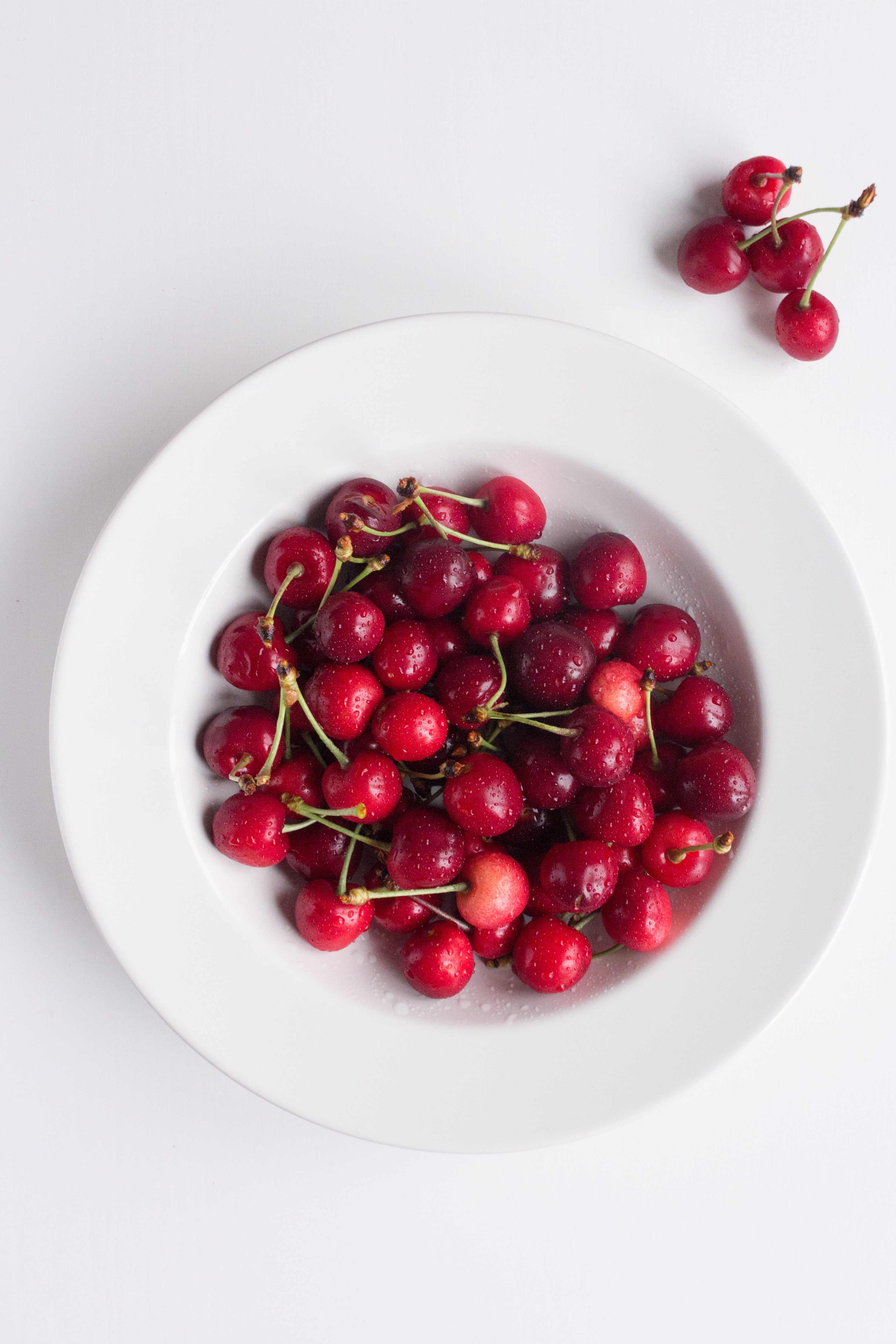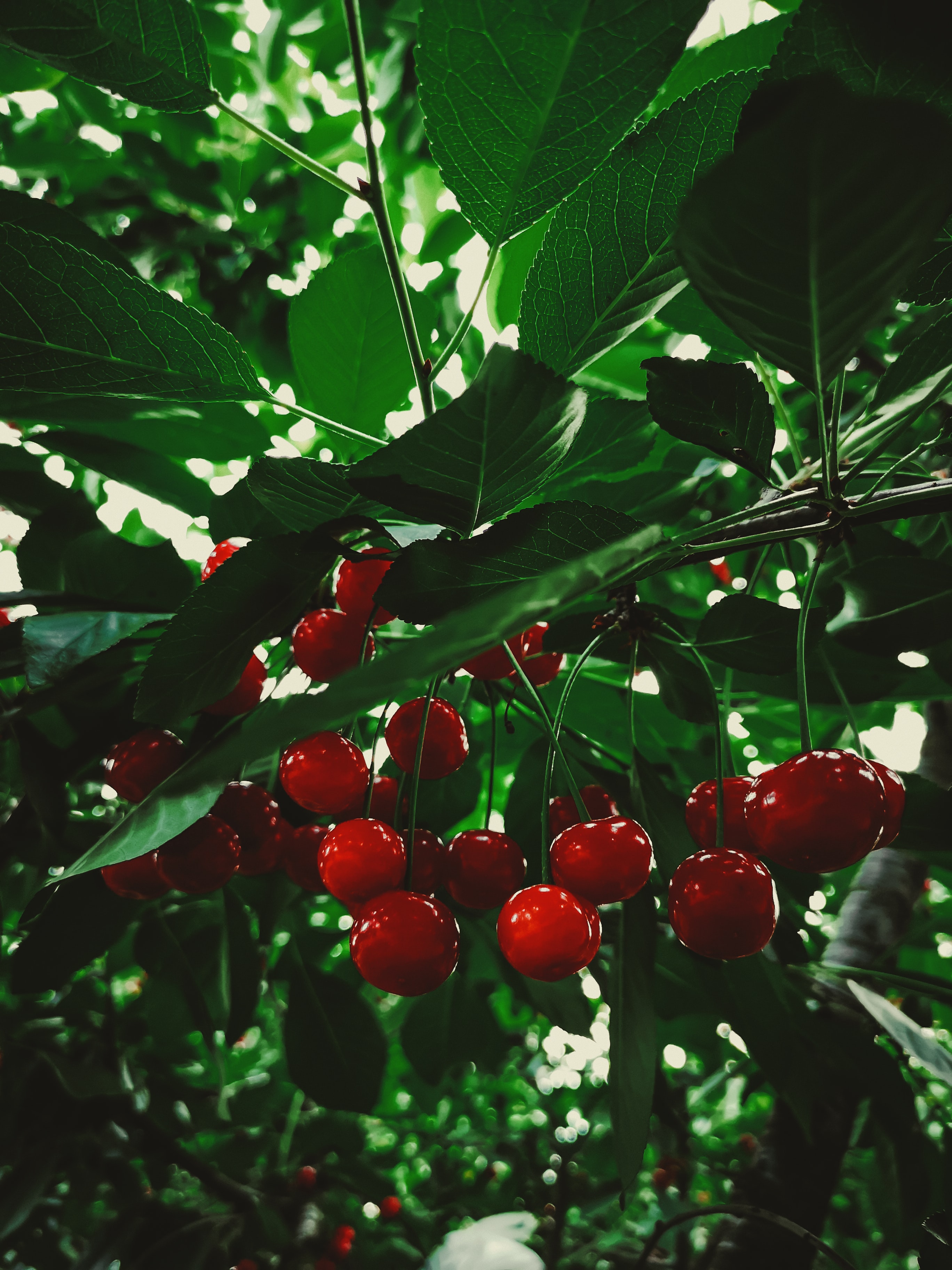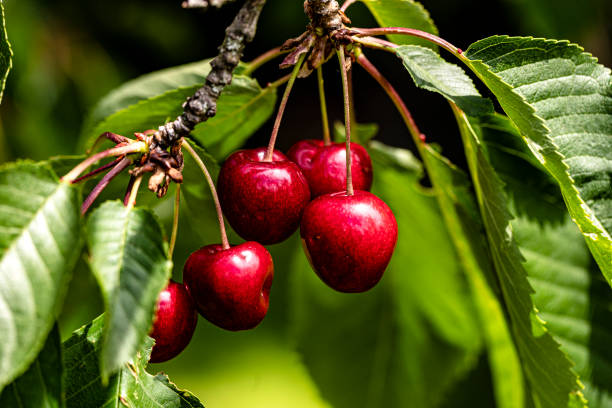

Prunus avium
|
Sweet Cherry or Wild Cherry is a rare to be cultivated but common in term of uses, hails from Europe and Western Asia. The fruit is dark red, small round shaped in appearance, is known to be used in culinary purposes mostly. It is reported to serve a purpose in therapeutic traditional practices also. The fruit has astringent properties and has been practiced as so by the native people for therapeutic purposes. From the various traditional practices, it is seen that this fruit has sedative properties, acts as a digestive stimulant and maintaining a healthy digestive system as well which again helps in boosting the immune system of the body. Currently, due to various analysis and reports collected, the many health beneficial properties that was believed to get from this fruit has led to the establishment of the fact that it consists of many metabolites and these metabolites tends to have their different influences on the body when consumed. It is rich in flavonoid and phenolic acids such as Catechin, Kaempferol, Epicatechin, Citric acid, Ascorbic acid and so on. due to the abundant availability of these metabolites, the fruit is reported to have antioxidant activity, as it has potency to scavenge free radicals, when analysed via assays like DPPH. Besides this, it was also reported the fruit helps to inhibit alpha-glucosidase enzyme showing antihyperglycemic activity. |
| Plant Details | Agro-climatic Zone | Vernacular Names | Pictures |
| Scientific Name: Prunus avium L. Family: Rosaceae Juss. Class: Magnoliopsida Order: Rosales Genus: Prunus L. Fruiting Season: May to July Fruting Condition: Ripe |
|
 Ripe fruits on display.  Ripe fruits with plant.  Ripe fruits. |
| Compound/Chemical | Immunomodulatory Activity | Pathway | Immunomodulatory Marker |
| Fruit extract | Antioxidant acitvity | It shows the potent free radical scavenging activity. | TNF-alpha[3] |
| Fruit extract | Antihyperglycemic activity | Inhibition of α-glucosidase enzyme in a concentration-dependent manner. | [3] |
| Major Class | Metabolites |
| - | Phosphine(Whole fruit) |
| Anthocyanins | Delphinidin-3-O-glucoside(Pulp) |
| Flavonoid | Genistein(Whole fruit), Catechin(Whole fruit), Kaempferol(Whole fruit), Epicatechin(Whole fruit) |
| Flavonol | Isoflavone(Whole fruit) |
| Phenolic acid | 2-coumarinate(Whole fruit), 3,4-dihydroxybenzoic acid(Whole fruit), 5-caffeoylquinic acid(Whole fruit), Biochanin A(Whole fruit), Citric acid(Whole fruit), D-tartaric acid(Whole fruit), Diferulic acid(Whole fruit), Ferulic acid(Whole fruit), L-ascorbic acid(Whole fruit), Malic acid(Whole fruit), Salicylic acid(Whole fruit), Succinic acid(Whole fruit), Vaccenic acid(Whole fruit), Isochlorogenic acid b(Pulp), Caffeic acid(Pulp) |
| Vitamins | Retinol(Whole fruit), Thiamine(Whole fruit) |
| Traditional Practice | Diseases | Plant Part | Additional Knowledge |
| Ayurveda | Fever | The beneficial effect of tart cherry on plasma levels of inflammatory mediators[8] |
| 04.1.1, 04.1.1.1, 04.1.2, 04.1.2.1, 04.1.2.11, 04.1.2.2, 04.1.2.2, 04.1.2.6, 04.1.2.8, 04.1.2.9 |
| CSIR-North East Institute of Science and Technology, Jorhat-6, Assam, India
CSIR-Institute of Himalayan Bioresource Technology, Palampur-61,Himachal Pradesh, India |